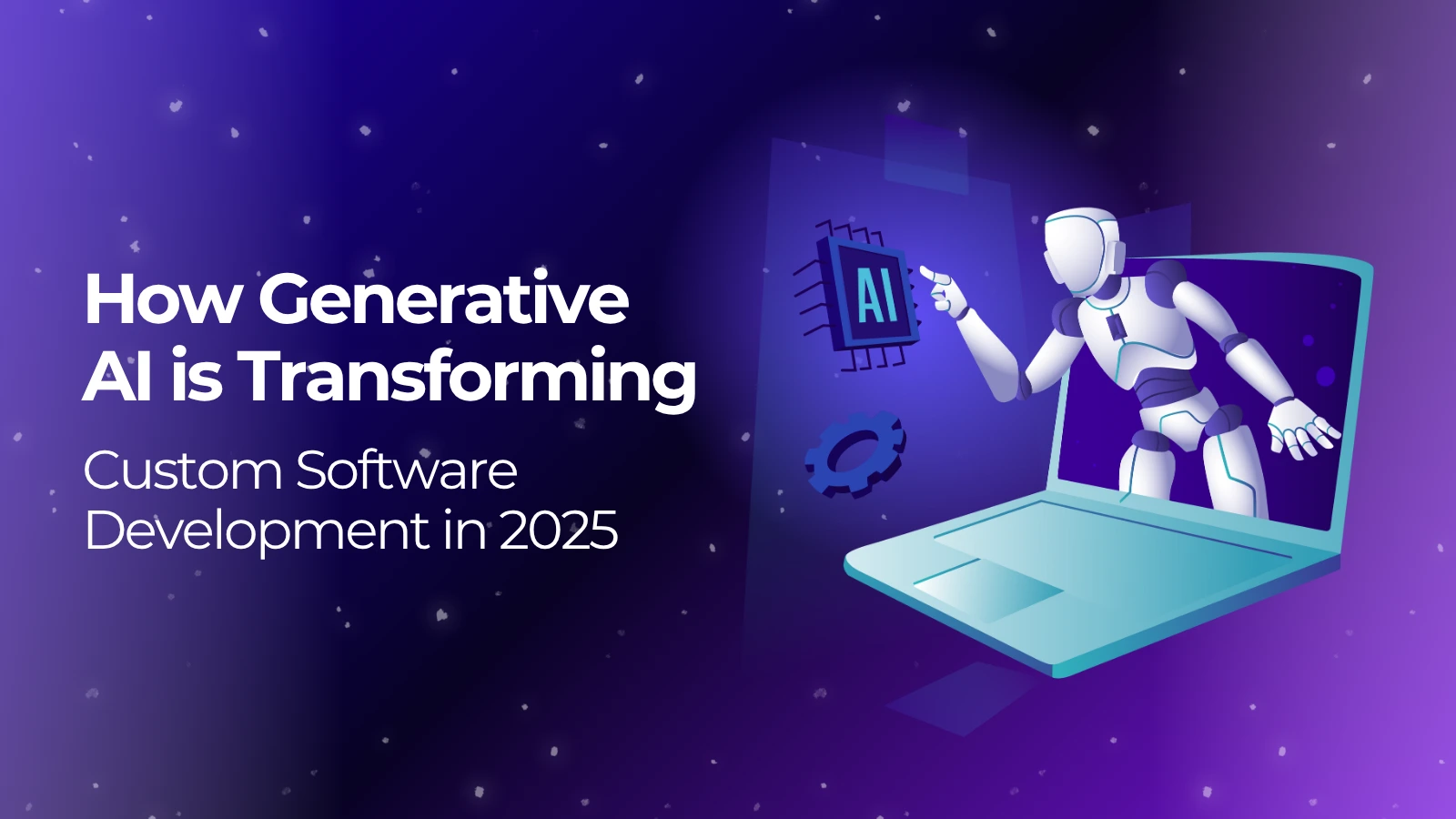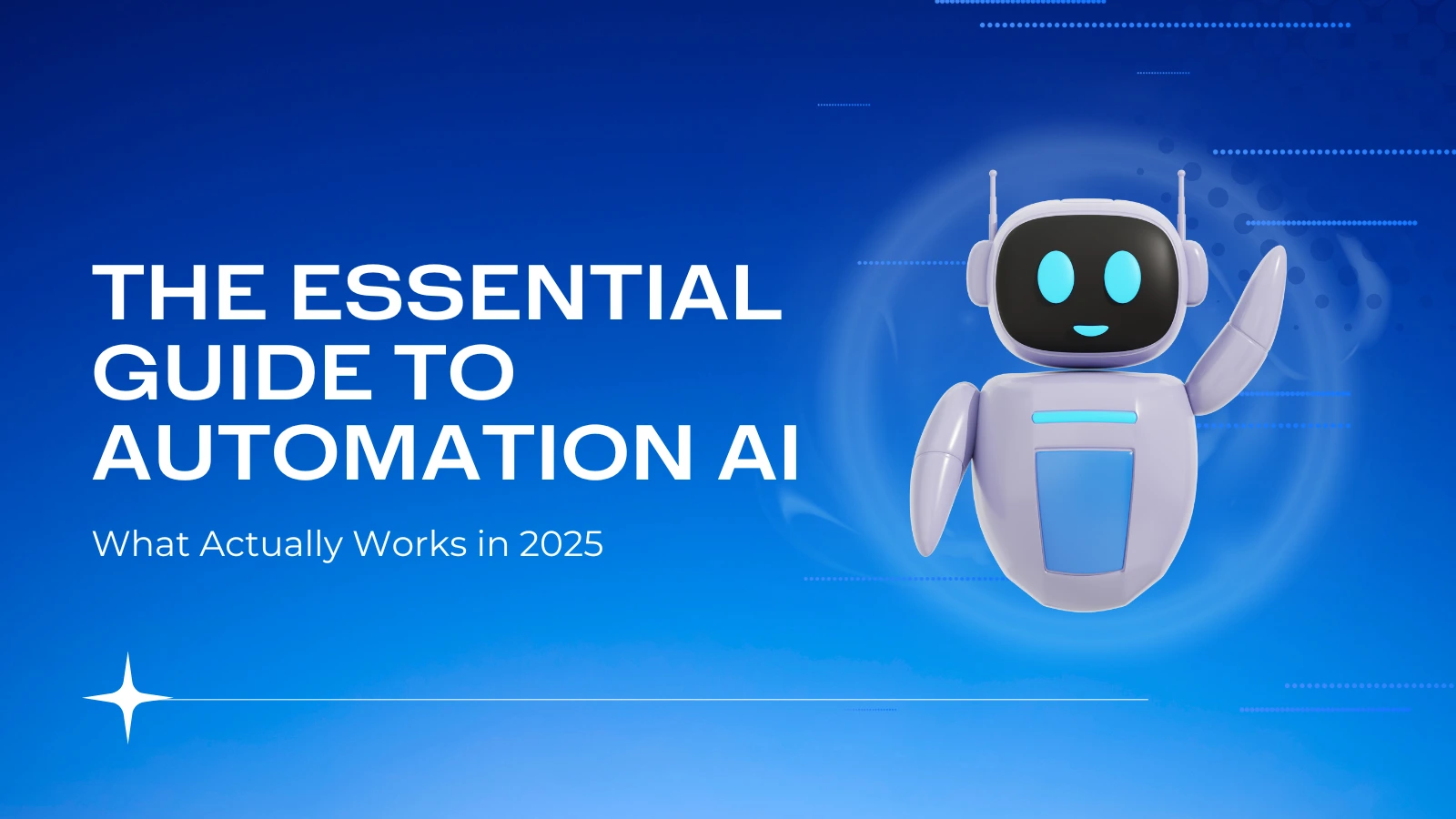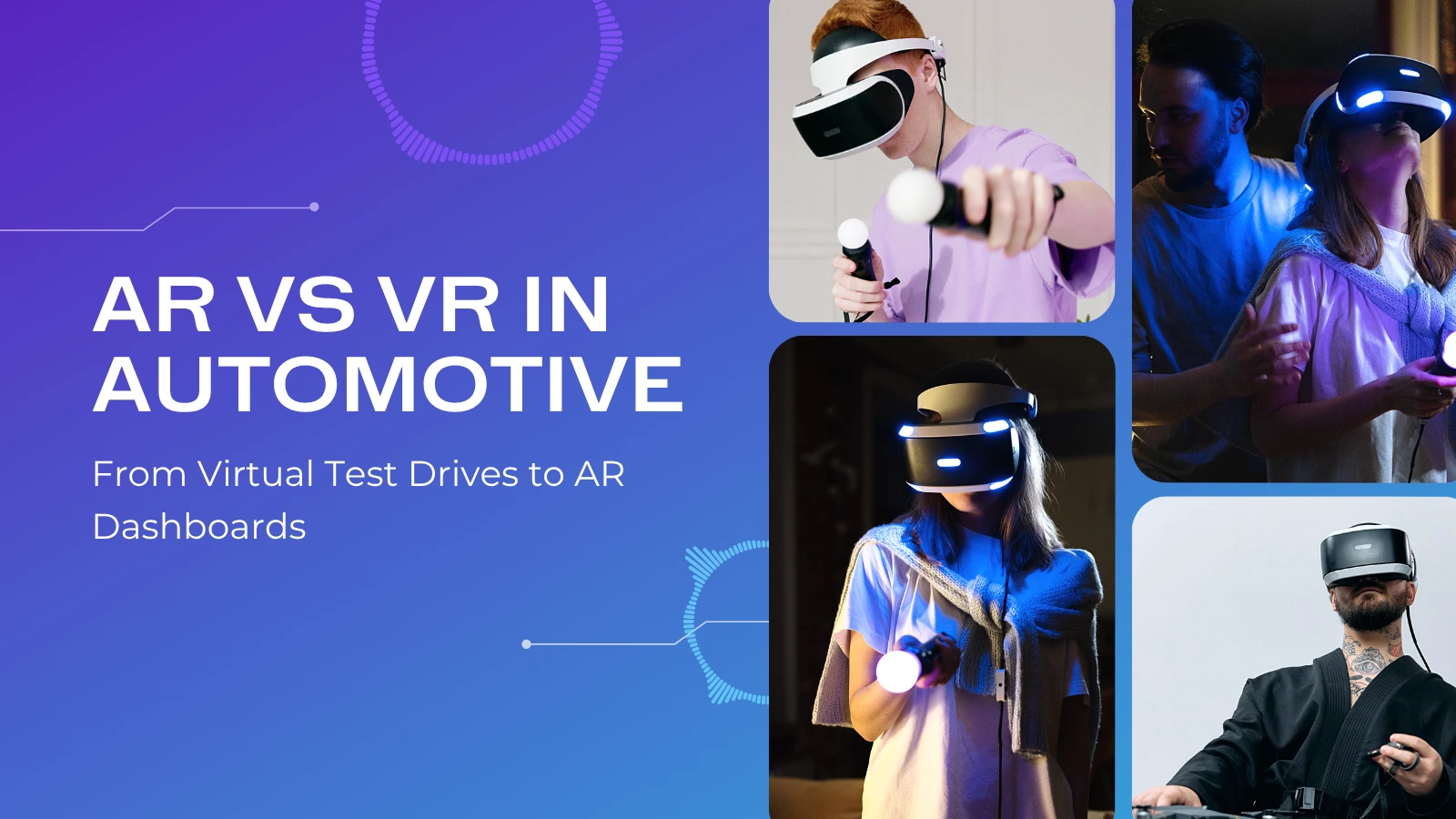Idea to Code: Crafting Customized AI Models for Business Applications
How Businesses Build AI Solutions That Work in the Real World
Understanding the Business Requirement
Before you write the first line of code, it's absolutely crucial to define clearly what problem your business desires to solve using AI. AI is a tremendous ability, but it's not magic; you need to use it with sense. Whether your aim is to maximize your inventory, automate customer support interactions, detect fraudulent transactions, or analyze customer activity, the reason must be defined clearly.
For instance, if your online business is finding it difficult to retain customers, the central AI solution could be purchase behavior analysis with the functionality to predict churn and recommend targeted incentives.
Choosing the Right AI Model
Selecting an AI model begins with a good understanding of several machine learning techniques:
Supervised Learning: Training an AI to provide accurate predictions based on labeled data. Best applied in use cases like email spam filtering or sales forecasting.
Unsupervised Learning: Finds underlying patterns in unlabeled data. Great for customer segmentation or outlier detection.
Reinforcement Learning: Learning is done through trial and error. Ideal for use in applications such as dynamic pricing or automated trading.
New-age technologies like Transformers and Large Language Models (LLMs) have transformed domains like natural language processing (NLP) and computer vision. Transformers, first touted by the likes of GPT (Generative Pre-trained Transformer), provide unprecedented abilities to grasp context, semantics, and interdependencies in data.
Utilizing Transformers and LLMs
Transformers have revolutionized AI's capacity to handle sequential data, e.g., language and time-series data. They employ attention mechanisms that effectively deal with long-range dependencies in data, and they are extremely useful in practical applications such as chatbots, automatic customer service, and content generation.
Large Language Models (LLMs) like GPT-4 and Google's Gemini can read between lines, write as humanly as possible, and perform tasks like writing emails, coding, or summarizing long documents. LLMs are utilized by companies for:
Automated Customer Support: Creating chatbots to respond naturally and correctly
Content Generation: Blog posts, product descriptions, and marketing content generated.
Knowledge Management: Summarizing complex documentation and providing insights efficiently.
Data Collection and Preparation
Data is the energy that drives AI. Good quality, relevant data is required to train good models. Data collection issues are:
Relevance: The information must be directly related to the problem.
Quantity and Quality: Sufficiently large data sets with minimal errors or inconsistencies.
Diversity: Varying data avoids model bias and makes it more robust.
Following collection, data preparation entails cleaning (duplicate removal, error correction), normalization (converting data formats to a standard format), and feature engineering (deriving useful attributes).
Building the Model: Concept to Code
Having set the foundation, Ai development company converting ideas to code is a series of extremely crucial steps:
Step 1: Model Selection and Configuration
Selecting the appropriate model based on your objective—i.e., LSTM for predicting time series or Transformers for NLP applications. Hyperparameter tuning like learning rate, layers, and epochs determine how the model learns from data.
Step 2: Coding the Model
With programming languages like Python (most utilized with AI since it has very extensive libraries like TensorFlow, PyTorch, and Scikit-learn), the model is coded.
# Begin the model
sentiment_analyzer = pipe('sentiment-analysis')
# Analyze sentiment
result = sentiment_analyzer('I love using this new product!')
print(result)
Step 3: Training and Validation
Training the model means giving the model data to learn from. Validation checks that the model works well on unseen data by verifying for metrics like accuracy, precision, recall, and F1-score.
Step 4: Tuning and Optimization
Iterative tuning improves performance. Techniques are cross-validation and hyperparameter optimization. Optuna or Hyperopt are tools which automate the process.
Step 5: Deployment
After validation, deployment of the model entails incorporating it into current business processes or building a separate application. Cloud environments such as AWS, Azure, and Google Cloud support deployment, scalability, and maintenance.
Continuous Improvement
AI models are not fixed; they must be updated over time and tracked:
Check Model Performance: Track predictions against real-world outcomes.
Feedback Loop: Incorporate user input to continually improve the model
Retraining: Ongoing retraining on new data keeps it accurate.
Real-World Use Cases
To get a better grasp of AI's potential to transform, consider these persuasive use cases across sectors:
Healthcare
Artificial intelligence models, especially transformer and deep learning models, assist in the diagnosis of illness from medical images, prediction of patient health risk, and tailoring of treatment regimens.
Finance
Banks make use of LLMs and transformers to detect fraud in real-time, analyze risks, score credit, and improve customer engagement through smart virtual assistants.
Retail
Retail companies employ AI models to suggest products, forecast demand, control inventory, and improve the customer experience through NLP-based interactive chatbots.
Logistics
Companies use reinforcement learning and predictive models to optimize routes, reduce delivery time and fuel usage, and predictive maintenance for equipment and fleets.
Marketing
Market sentiment analysis and market analysis with transformers by AI enable firms to adjust marketing strategies dynamically, understand customer emotions from reviews, and customize marketing campaigns.
Challenges and Best Practices
Building internal AI models is not without difficulty:
Data Privacy and Ethics: Ethical handling of private information.
Model Bias: Encouraging transparency and fairness in model decision-making
Integration Complexity: Integrating AI smoothly with existing systems.
To navigate these, use best practices:
Emphasize transparency and explainability of AI systems.
Conduct rigorous bias analysis.
Practice good cybersecurity habits.
Looking Forward: Business and the Future of AI
AI keeps developing at a very rapid pace, with ongoing improvement in LLMs, multimodal transformers, and ever more sophisticated reinforcement learning algorithms. With technology maturity, customized AI models will become more prevalent, efficient, and natively integrated into business processes on a day-to-day basis.
The future innovation will be through increasingly user-friendly no-code/low-code systems that will extend AI to everyone, multimodal transformers with greater insights from data, and intensely personalized forecasting systems that create hitherto unknown business outcomes. Conclusion Developing bespoke AI models specific to business use is a labor-intensive but gratifying process from ideation to coding to ongoing evolution. By tapping into technologies such as transformers, large language models, and wise data stewardship, companies can unlock immense value, fueling innovation, productivity, and growth. AI is not technology—it's a competitive edge that, when well developed and implemented, can propel your business to the next level.
Subscribe Now
Get the weekly updates on the newest brand stories, business models and technology right in your inbox.
More Blogs
How Generative AI is Transforming Custom Software Development in 2025
The custom software development landscape is being revolutionized with the advent of Generative AI. With enterprises focusing on optimizing their operations and speeding up innovation compared to their peers, Generative AI has become a...
The Essential Guide to Automation AI: What Actually Works in 2025
AI Automation has demonstrably reshaped the workings of businesses by processing data and completing repetitive tasks faster and more efficiently than human workers. To illustrate, AI systems can now examine vast amounts of data, simul...
AR vs VR in Automotive_ From Virtual Test Drives to AR Dashboards
The automotive industry has experienced transformative changes in the recent years, all thanks to breakthroughs in immersive technology. The most notable changes are due to Augmented Reality (AR) and Virtual Reality (VR). The debate of...

 Awards & Recognition
Awards & Recognition







